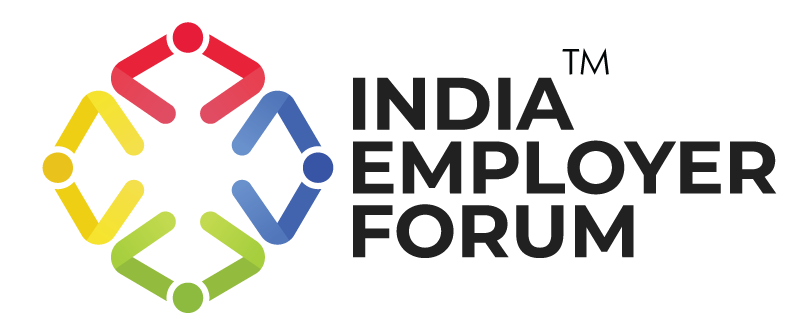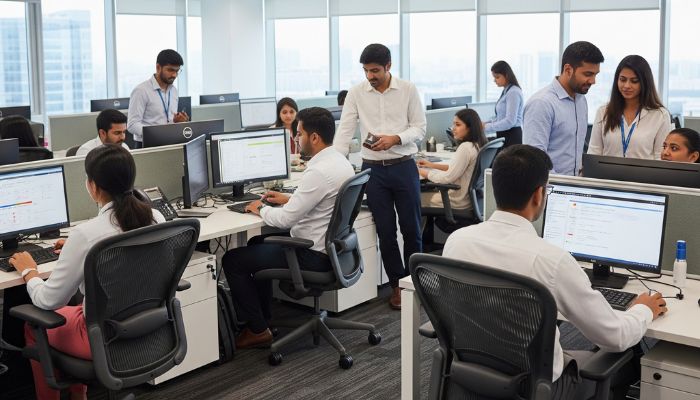Over the years, it has been observed that annual performance appraisal process hardly offers any value to employees or help them grow in any way. Advancing technology has made the workplace extremely dynamic, giving rise to a need for feedback in real time. With the changing nature of the workforce, HR professionals have started recognizing this issue all the more and are trying to shift towards a continuous performance management system. Continuous feedback not only encourages trust and transparency in the team but also allows room for rapid course corrections, thus, saving time and money.
However, implementing a continuous performance management process sounds a lot easier than it is. There are a few things that must be considered to develop and implement a performance review process that adds value to employees as well as the organization.
- Discuss Options with the Managers: Many managers carry out informal performance discussions with their team members on a regular basis, beyond the annual performance management cycle. These managers can help in designing the process by discussing how they organize their meetings, how frequently they provide feedback and what are the key talking points that help them derive the maximum out of the discussion. Instead of changing the process completely, HR can try to include the good practices and make changes where necessary. These insights can not only help in developing a consistent performance management system, but also ensures better buy-in and implementation from the supervisors.
- Showcase the Benefits: When HR promotes the benefits of a continuous performance management process with a positive outlook, it is easier to shift the entire organization towards the same. Incorporating a continuous performance management system not only saves money by reducing the turnover rate, but also boosts revenue by increasing employee engagement and performance. When managers see the benefits of a performance review process that is continuous and consistent, they are far more likely to adopt it.
- Provide Training: Managers can implement a new performance management system enthusiastically only when they feel prepared for it. It is important to provide thorough training to all the supervisors across the organization on how to use the new tools and processes before the new system is rolled out.
- Prepare the Team Members: The inputs of the team members are also extremely important since they are the ones receiving the feedback. Once the new system is rolled out, the employees must be made aware of how it will affect them, their schedules and their responsibilities through the week. When both the management and the employees are trained and prepared for the new performance management system, the transition becomes seamless.
- Using the Right Technology: A good performance management software can make this transition a lot smoother. It can help in scheduling and tracking meetings, exchange real-time feedback, track objectives, record notes from performance related conversations and update it in real time. It also helps in creating transparency in employee evaluation and highlighting urgent performance issues. The data derived, can help in understanding the training needs and challenges of different teams and driving better coaching conversations.
Related Reads
A continuous performance management system involves shifting from auditing procedures to a developmental attitude where the discussion revolves around employee development and how it helps in improving organizational performance. It is extremely important that the onus of implementation is not completely on the HR but is shared with the management and the supervisors. The aim is to replace the annual performance review process with a system that is far more effective and shows improved results. However, it can yield positive results only when the feedback provided is valuable and actionable.
References:
- How to shift towards continuous performance management- Rae Steinbach, 08 November, 2019
- Moving from appraisals to continuous performance management requires major cultural shift, says experts- Rachel Wakefield, 21 February, 2019
- How can a continuous performance management model augment productivity?- Anushree Sharma, 20 August, 2019
- How to Implement Continuous Performance Management- Stuart Hearn, 13 March, 2018






